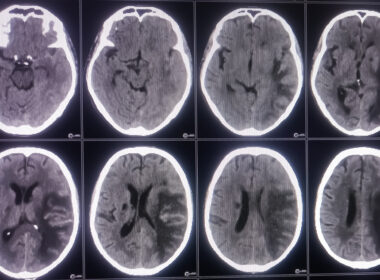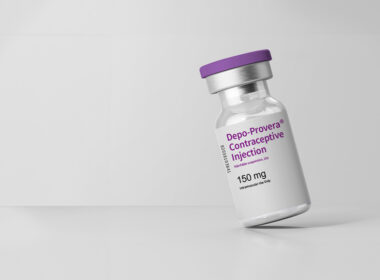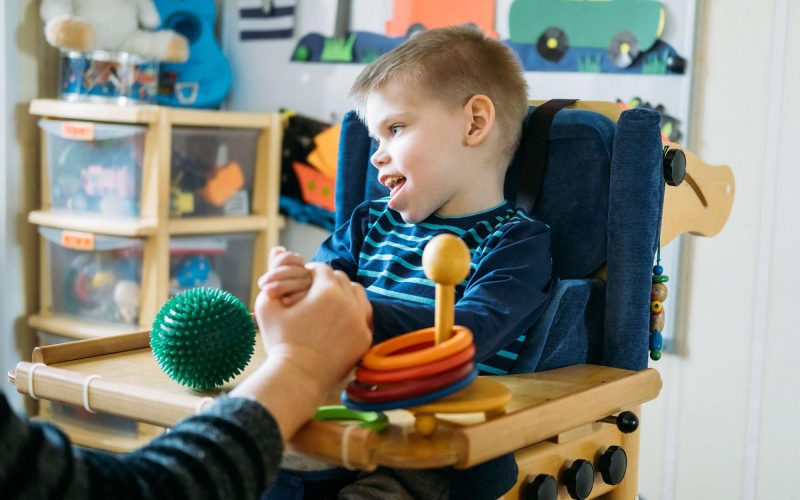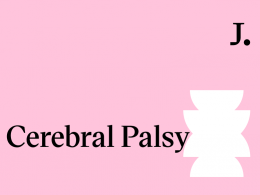Cerebral palsy physical therapy helps children and adults live more fulfilling lives after experiencing abnormal brain development or injury that can limit their muscle strength, mobility and flexibility. Improving physical movement and function enhances self-esteem and independence, thereby offering hope to patients and their families living through this condition. If you are uncertain about your ability to pay for cerebral palsy physical therapy, Justpoint may be able to help you discover avenues for obtaining compensation, depending on your circumstances.
How Can Cerebral Palsy Physical Therapy Help?
Abnormal brain development before, during, or up to three years after birth can cause limited muscle growth and movement. This lack of development makes day-to-day activities harder, making cerebral palsy physical therapy all the more critical in the lives of those who suffer from the condition. Whether it is from a birth injury or genetics, those with cerebral palsy deserve the best possible quality of life.
A 2016 medical study, “Developmental Medicine and Child Neurology,” stresses the importance of movement and exercise to reduce lifestyle-related disease in those with cerebral palsy. Evidence-based interventions, including cardiorespiratory endurance training and muscle strengthening, are essential in cerebral palsy physical therapy. However, these methods must be performed with precise frequency, timing, intensity, and volume to reach optimum results.
Unlike other rehabilitative healthcare, cerebral palsy physical therapy changes over time to meet the patient’s uncertain and limited muscle strength, flexibility, and mobility. For example, while a child with this condition learns how to play and feed in the proper position, adults get the needed assistance in facing work and home challenges that arise over time.
Cerebral palsy physical therapy teaches infants how to play, self-soothe, and feed. Preschool and school-age children learn new ways to move in academic settings, whereas adolescent cerebral palsy physical therapy centers more on posture, joint strength, and mobility. Physical therapy for cerebral palsy in adults focuses on mobility, balance, flexibility, functional living skills, and pain management. Doctors may prescribe drugs such as baclofen to relax rigid muscles, provide relief from stiffness, and decrease spasticity. It is important that these substances are correctly prescribed in order to reduce the risk of medication errors.
No matter the age, a comprehensive cerebral palsy therapy treatment plan offered by a licensed and accredited medical professional will help with muscle atrophy, range of motion, spasticity, rigidity, and joint inflammation. But first, an assessment must determine physical strength, balance, endurance, and range of motion. Then, once a treatment plan is in place, specific goals are set in cerebral palsy physical therapy and progress over time.
Cerebral Palsy Physical Therapy Methods
There are many places and ways to perform cerebral palsy physical therapy. Though many therapy regimens occur in hospitals, clinics, and offices, others can be take place in the comfort of a patient’s home. Importantly, the setting for cerebral palsy physical therapy depends on the condition’s limitations and which type of the disorder the patient has. For example, those with more severe cases may require a more clinical environment with therapeutic assistance.
One popular cerebral palsy therapy method includes bimanual performance. A 2021 medical study concluded that upper extremity function in child and parent-related home-based bimanual training programs is encouraging. Exercise that strengthens both upper limbs makes everyday activities like washing the face easier for children with cerebral palsy.
Cerebral palsy physical therapy may utilize weights, bands, and rollers, as well as adaptive apparatus such as splints, walkers, braces, and orthotics. In addition, there are just as many exercise techniques in cerebral palsy physical therapy, with each type of training targeting specific goals:
- Muscle strength and endurance exercises include using free weights and resistance bands and performing either swimming or yoga.
- Cardiovascular conditioning exercises include using a stationary or adapted bike, climbing stairs, chair aerobics, arm cycling, or wheeling.
- Flexibility exercises include full-body stretching and resistance band training.
Equine training is yet another method of cerebral palsy physical therapy that is less exercise-related and more recreationally appealing. Also called hippotherapy, horses enhance cognitive ability while helping with neuromuscular problems. A 2015 medical study shows horseback riding offers sensory stimulation through rhythmic and repetitive movements on the horse. According to the study, hippotherapy mimics walking in the pelvis. The gait variations enable sensory stimulation measurement that can be integrated into clinical therapy.
Support for Parents of Children with Cerebral Palsy
While cerebral palsy physical therapy can certainly help a child with cerebral palsy in more ways than one, a parent’s need for support during their child’s development cannot be understated. Parents who seek support tend to be better-equipped caregivers for their children. Fortunately, there are support groups and resources available for parents of children with cerebral palsy, such as:
- The Arc: With more than 600 chapters throughout the country, The Arc advocates for and helps individuals with developmental disabilities, including cerebral palsy. In addition to providing information and hosting events for its membership, The Arc also offers exclusive insurance coverage rates to members who qualify.
- United Cerebral Palsy: UCP’s vision is to help create a “life without limits” for people with cerebral palsy. It offers comprehensive resources to help people with cerebral palsy, their caregivers, and the community better understand the condition and the programs and assistance available to help those with cerebral palsy live a more independent life.
- Cerebral Palsy Forum: An online forum with more than 2,000 members, the Cerebral Palsy Forum fosters discussion and exchange of knowledge among its members who either have or know of someone who has cerebral palsy.
- Inspire Support Group: A partner of United Cerebral Palsy, Inspire is an online support group and forum with more than 7,000 members. Discussions cover topics aimed to help parents, caregivers, and teachers better care for people with cerebral palsy.
Those who participate in and reap the benefits of support groups can offer their children emotional and, in turn, physical support, which is crucial to the success of cerebral palsy physical therapy.
Justpoint Can Connect You with an Attorney
Our team can review your medical records for signs of medical negligence leading to your or your child’s cerebral palsy diagnosis. In the case of a possible medical misdiagnosis or other forms of malpractice, our team wastes no time in searching for the right law firm for your family’s exact needs. Justpoint’s platform offers instant access to more than 300,000 top, expert U.S. attorneys who fight hard for families seeking justice after a medical mistake leading to an otherwise avoidable cerebral palsy diagnosis.
If you or your child are currently receiving cerebral palsy physical therapy and bills are piling up, rest assured that Justpoint’s contingency plan ensures our goals and yours are aligned. Waste no time contacting Justpoint to learn whether you may be eligible to file a cerebral palsy lawsuit since time is of the essence in pursuing possible compensation with a lawyer’s help. Call today to get started.












